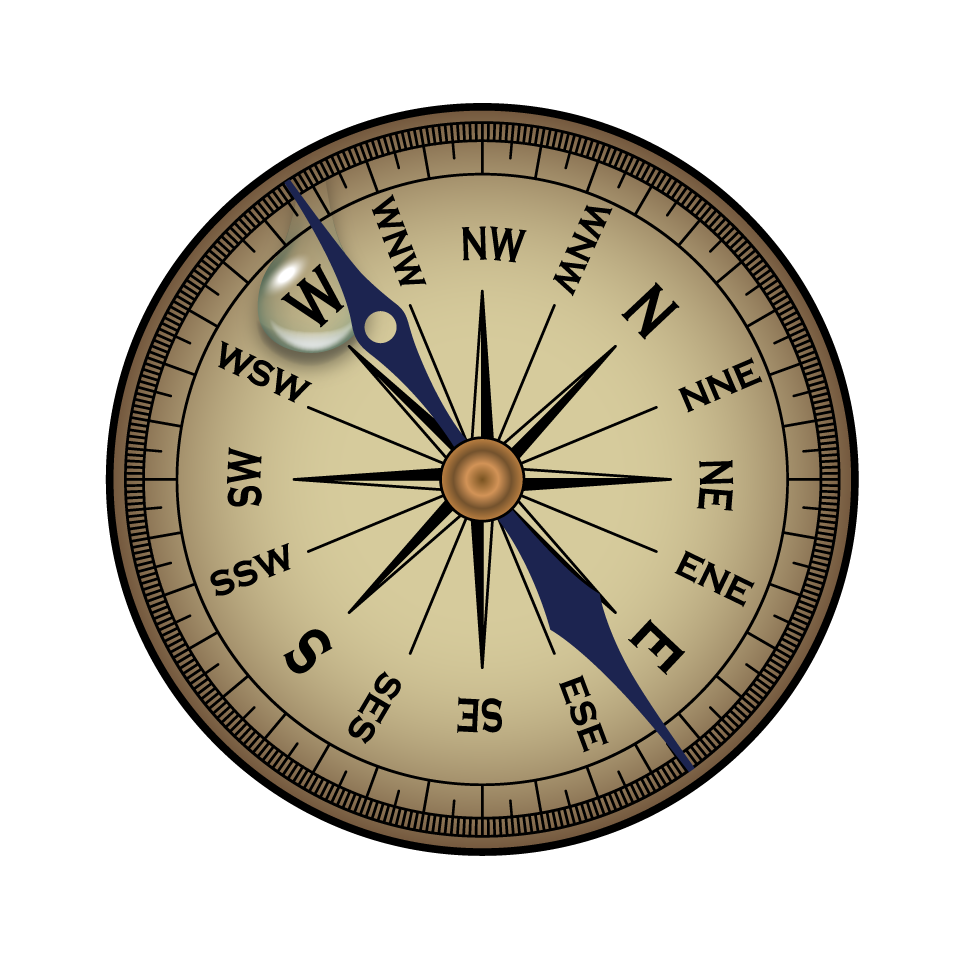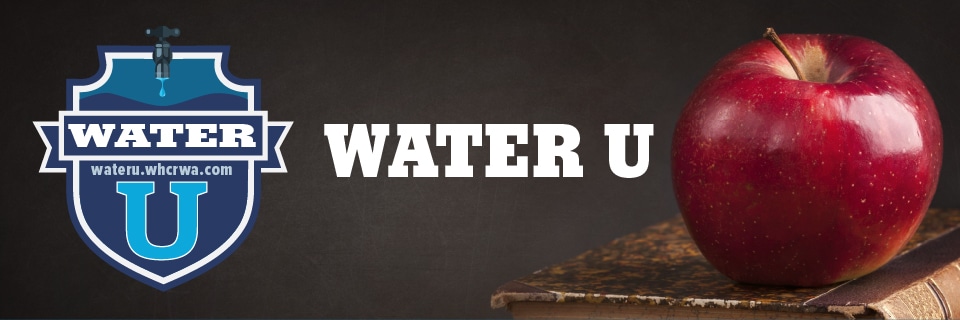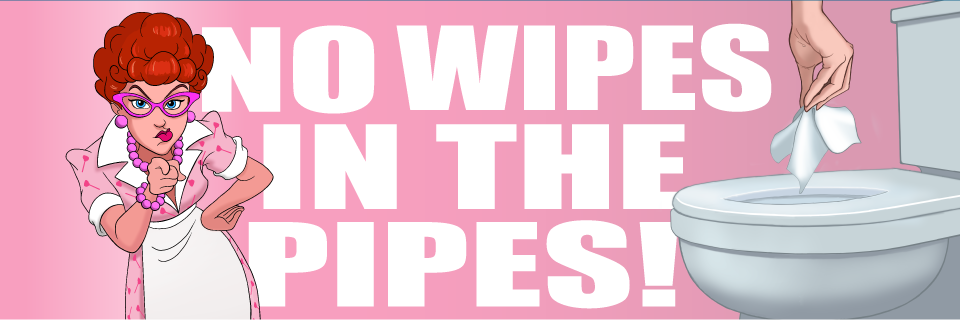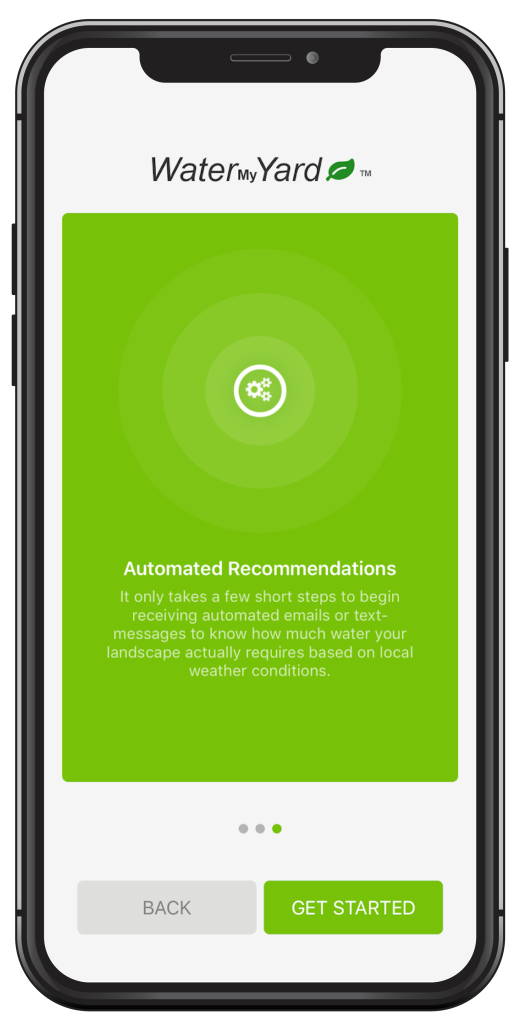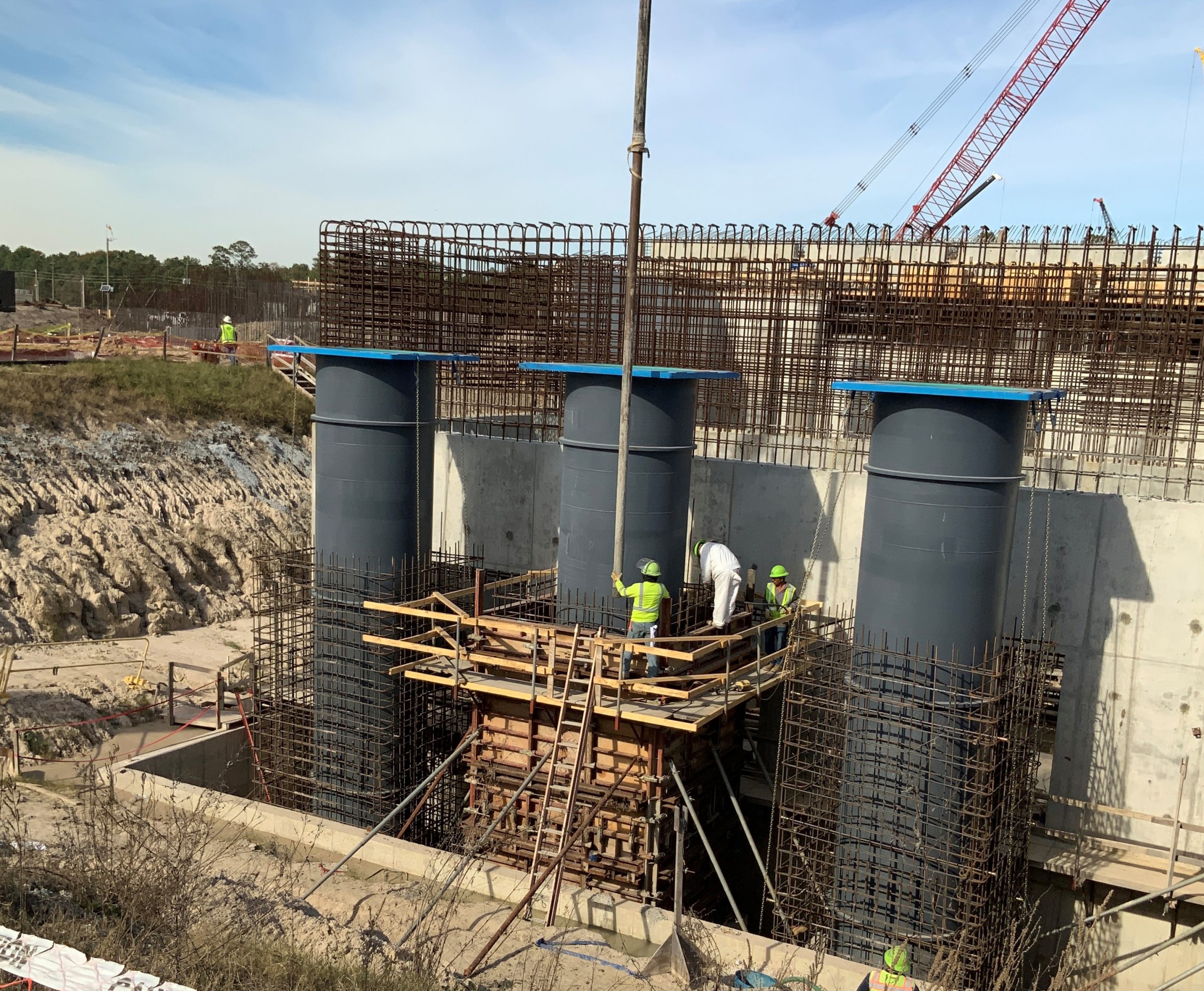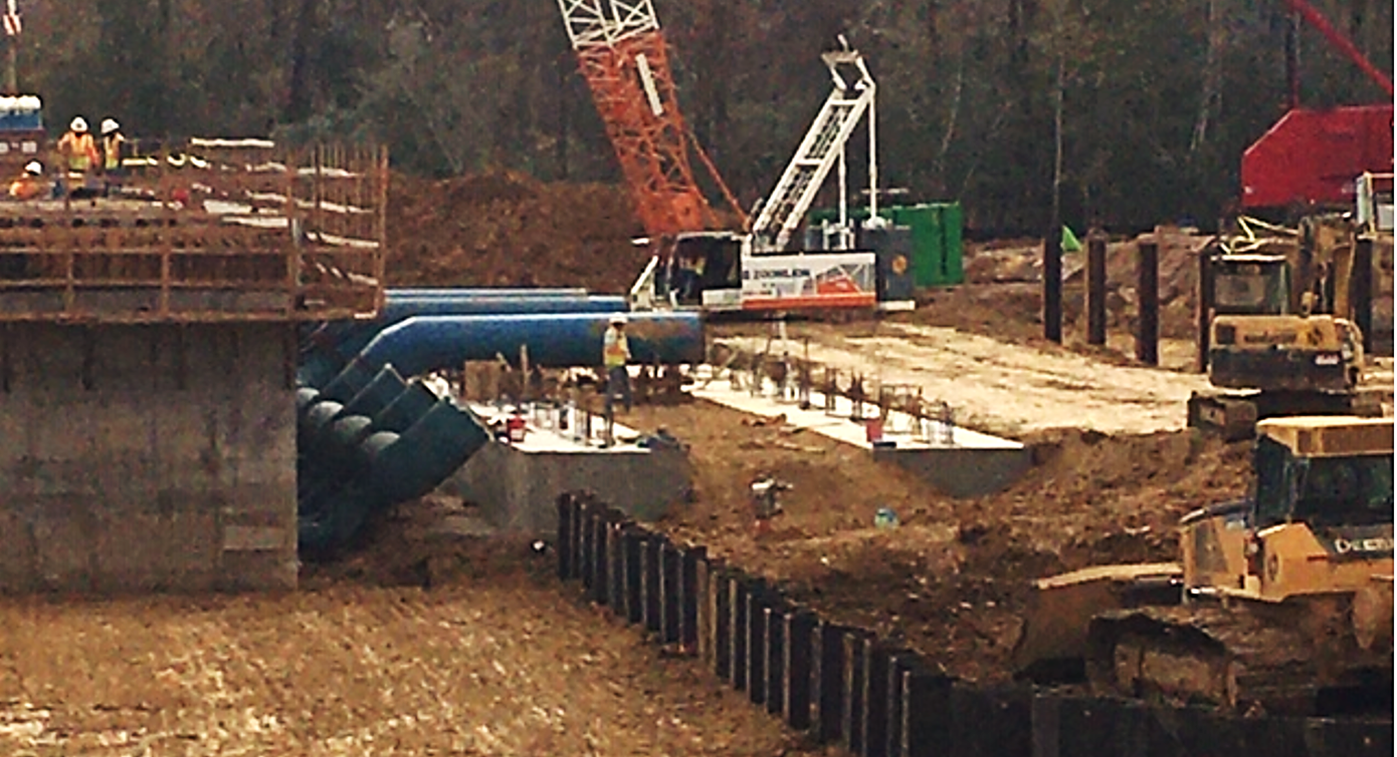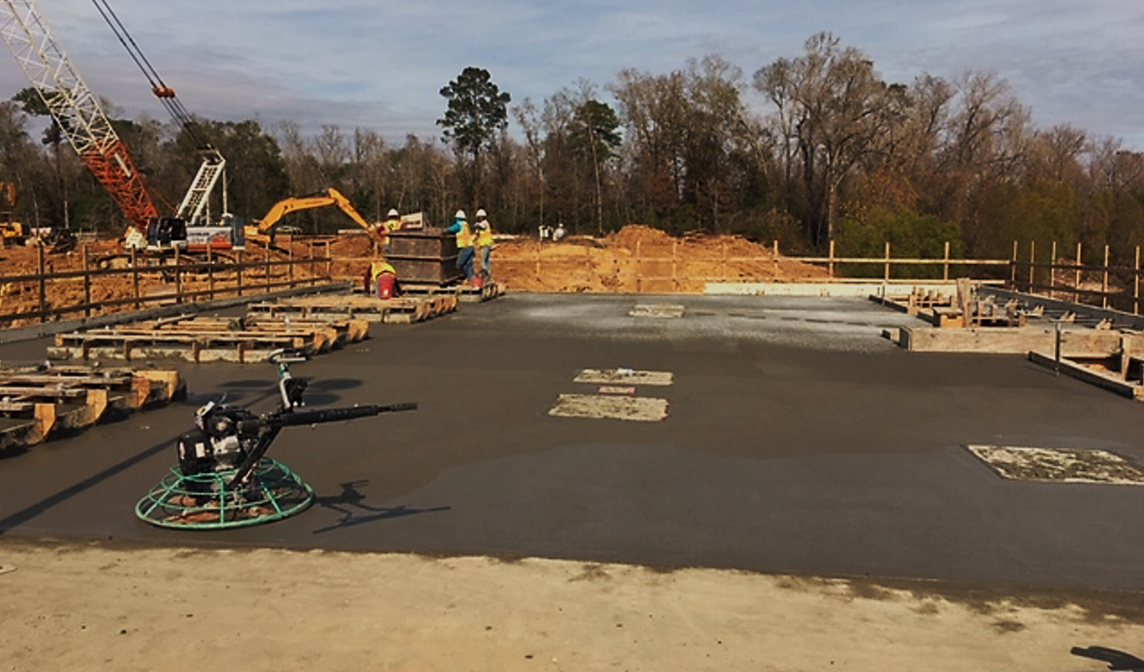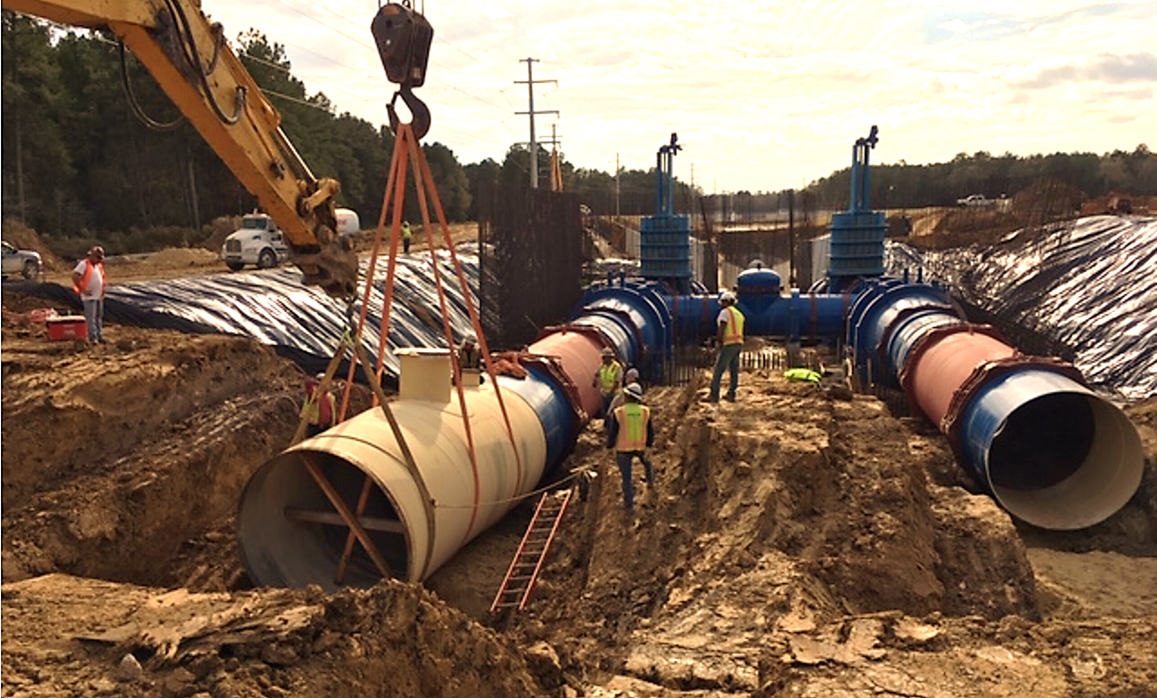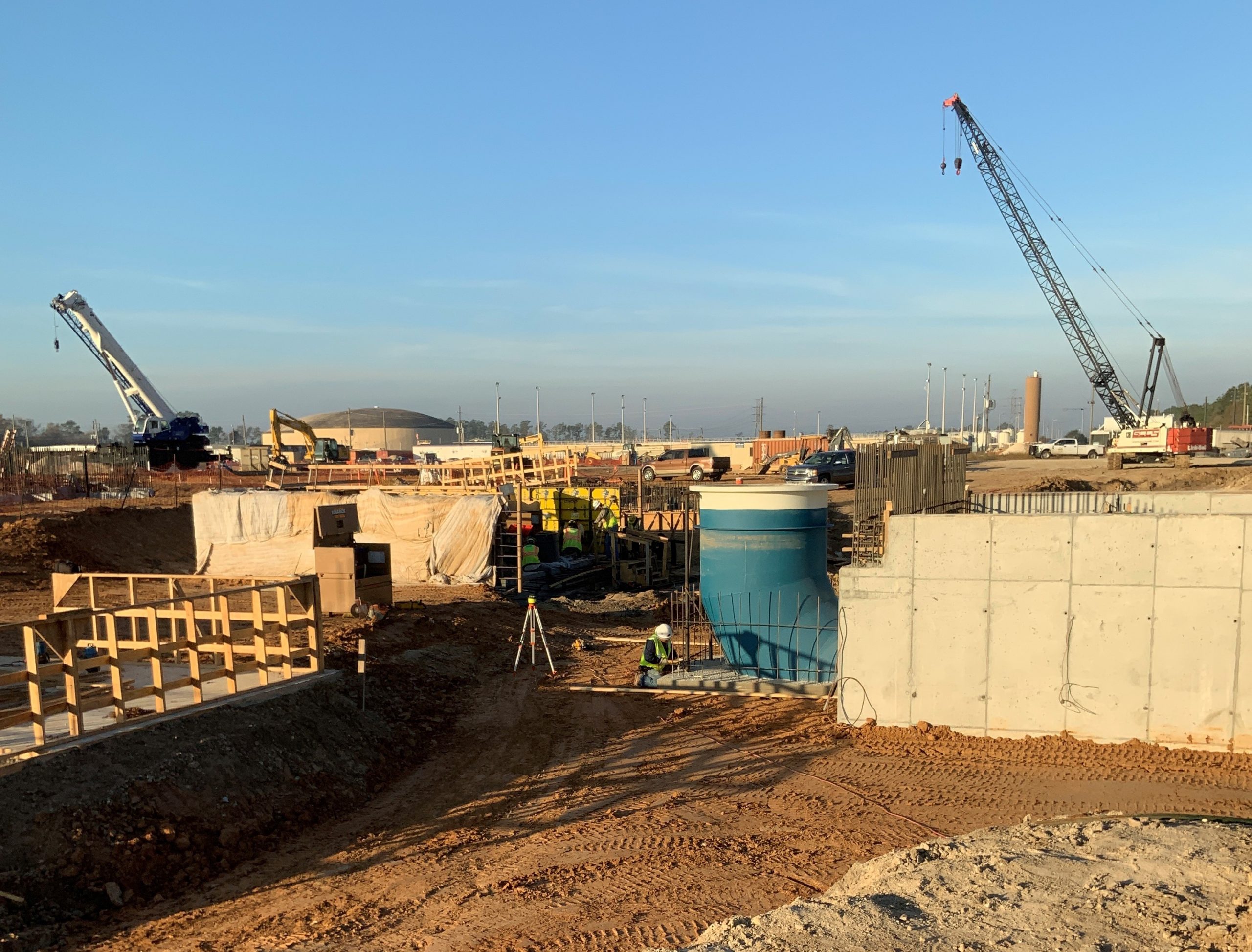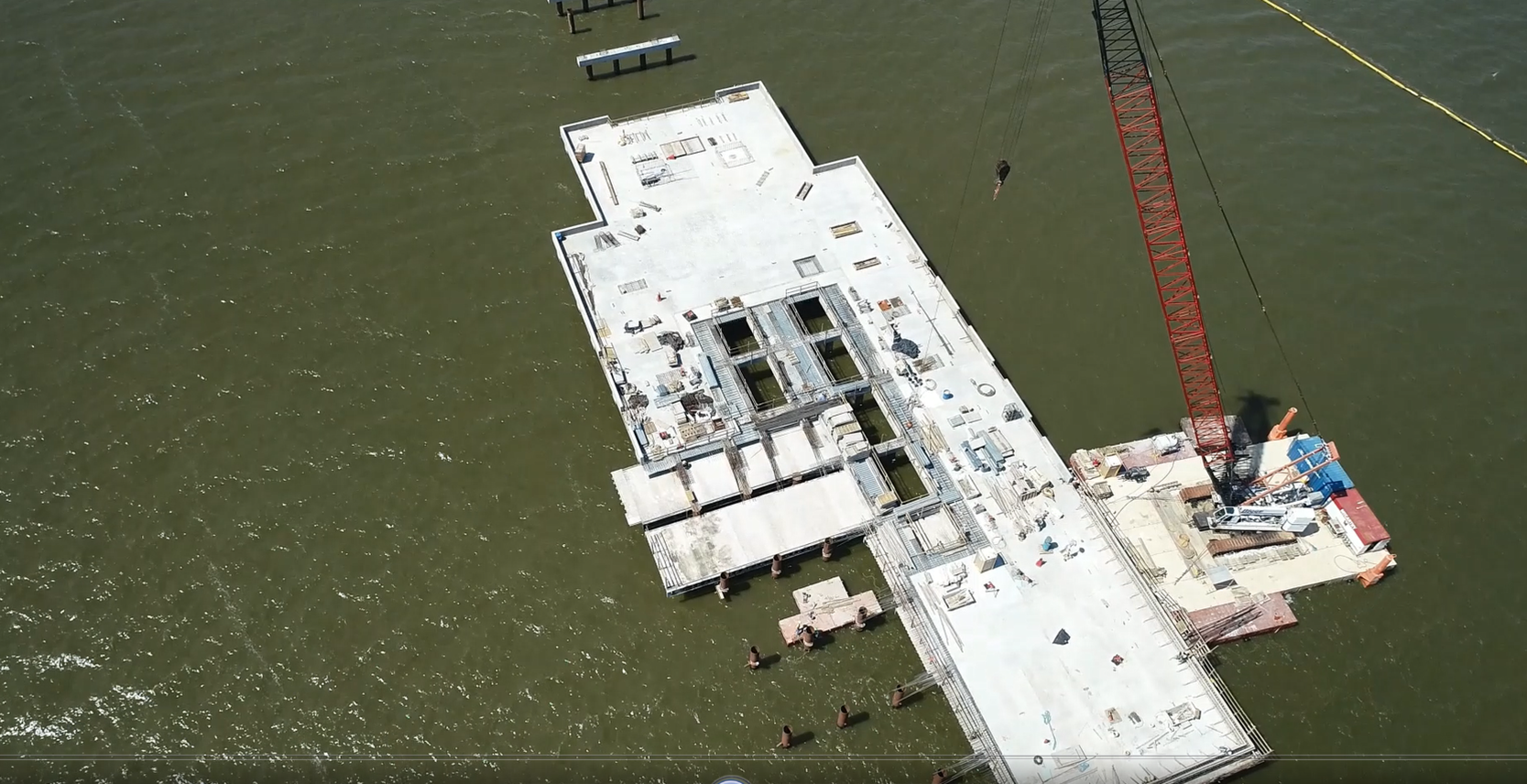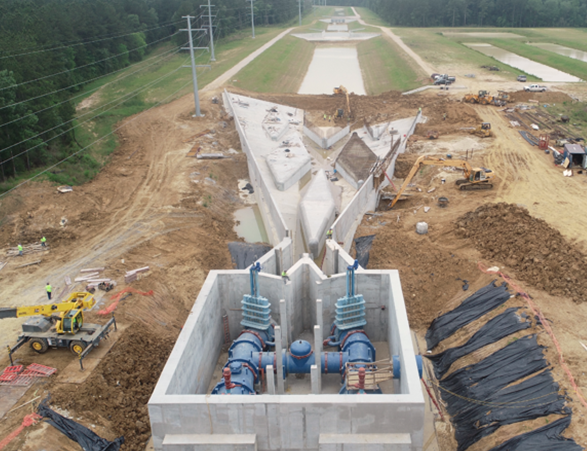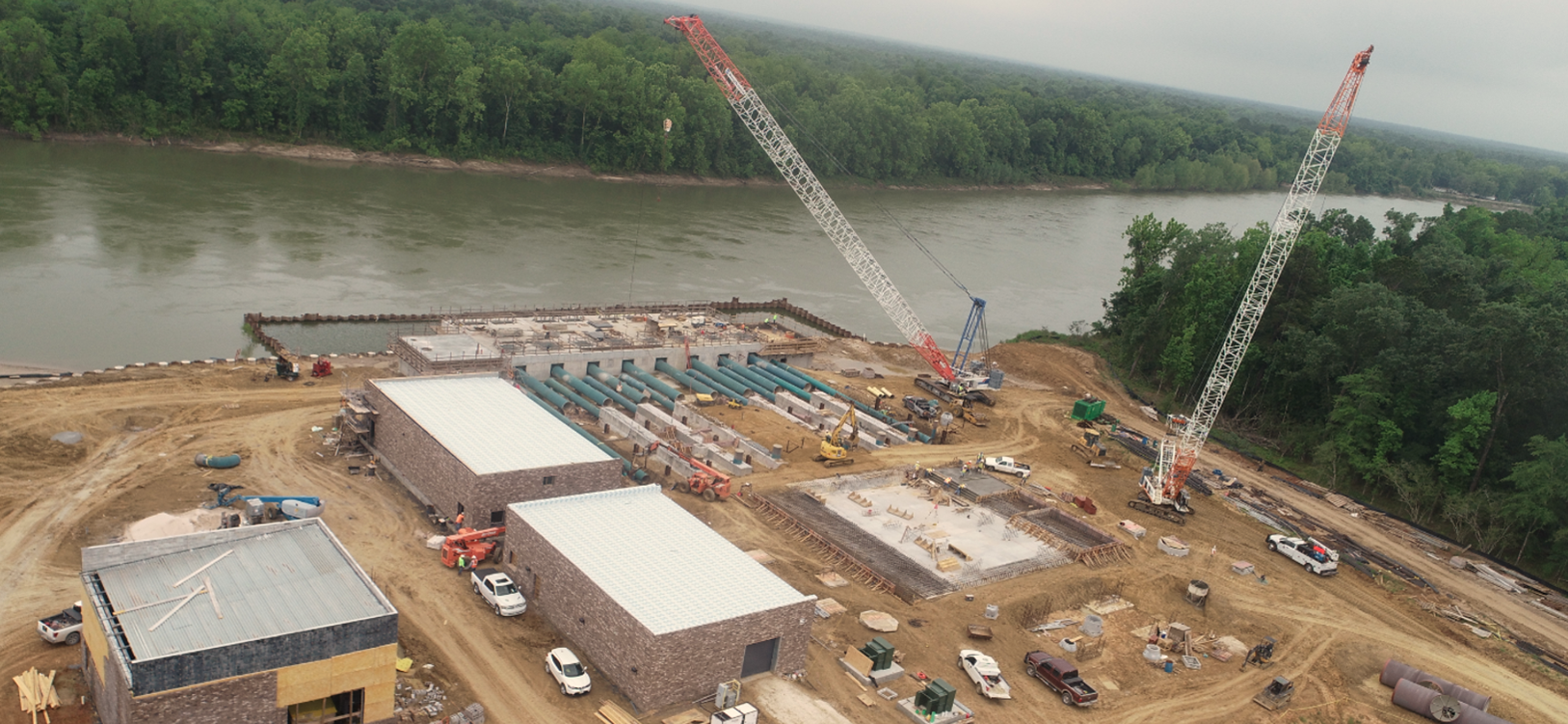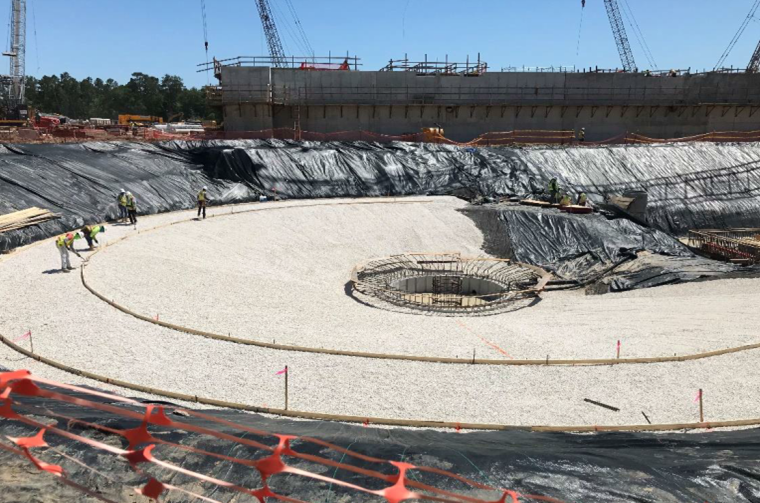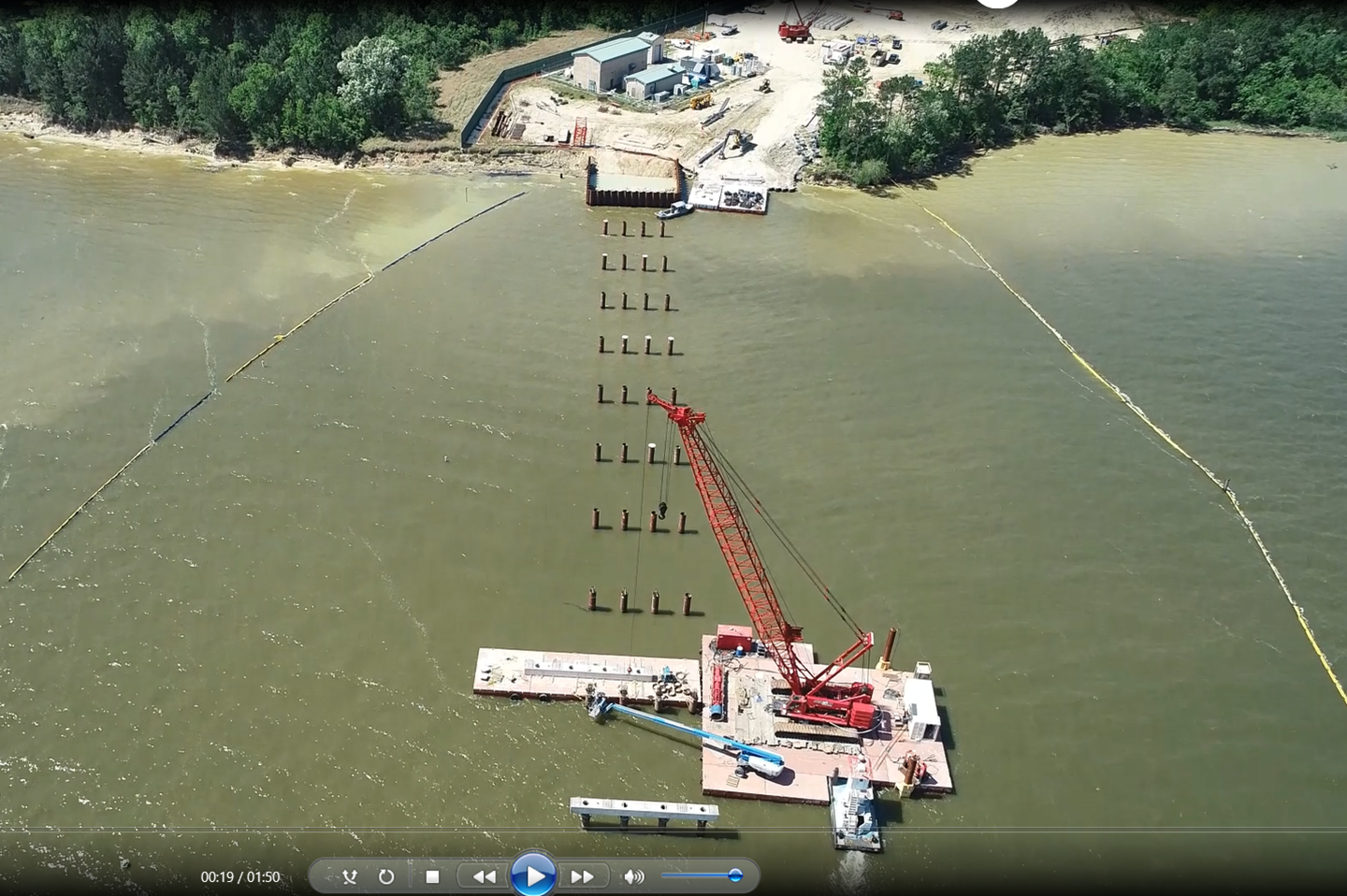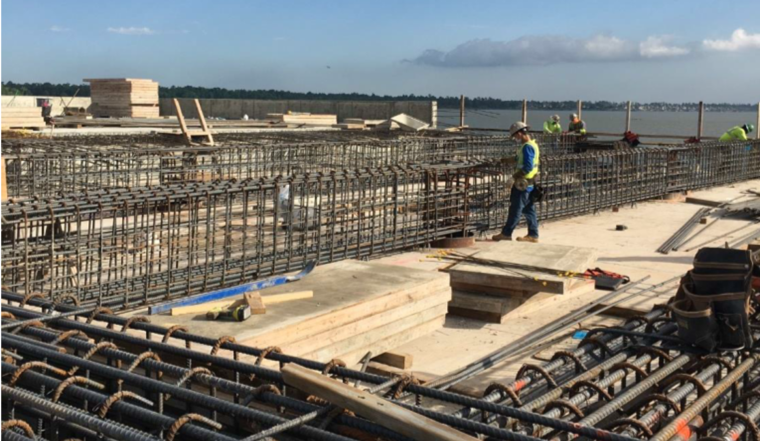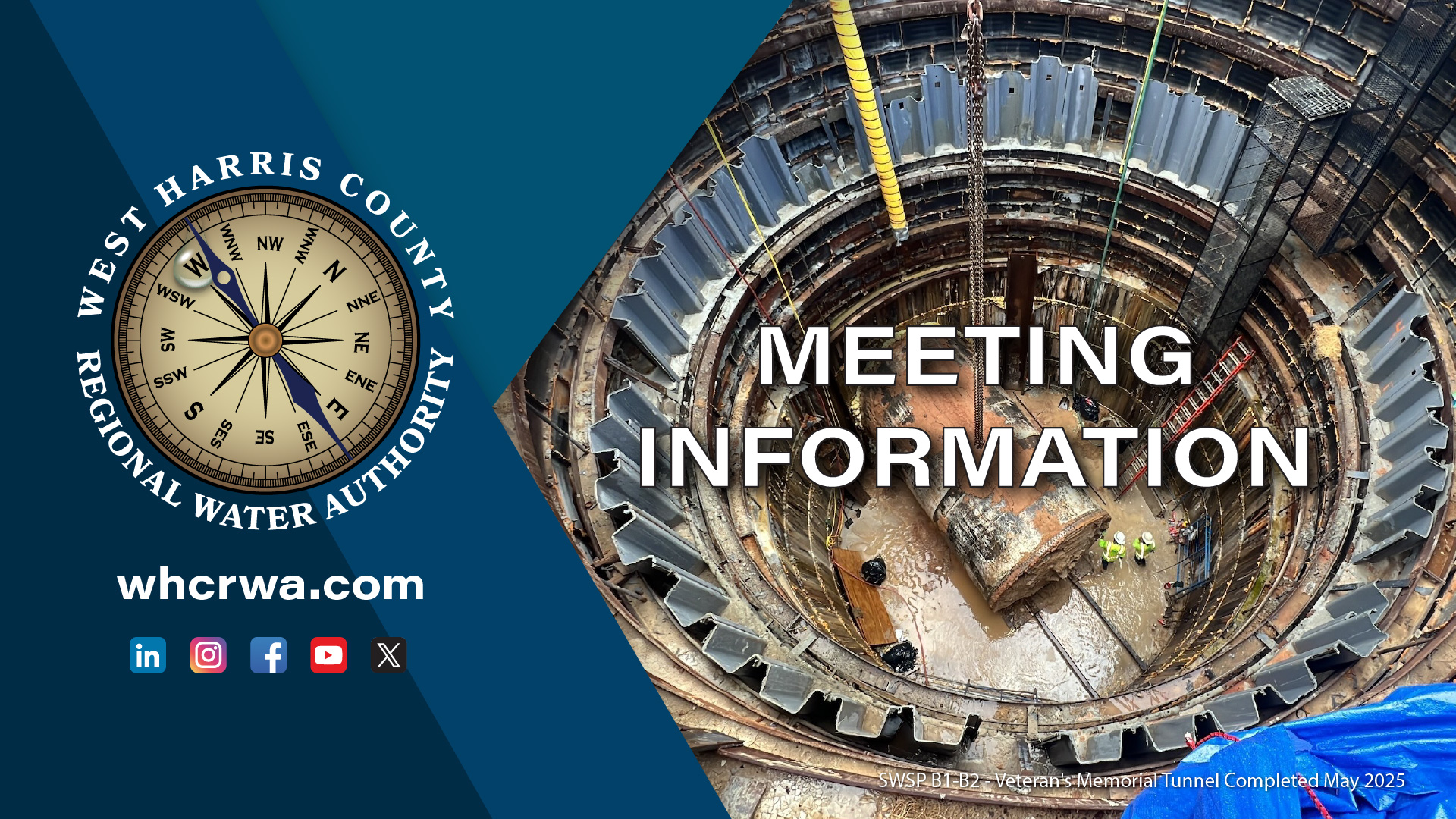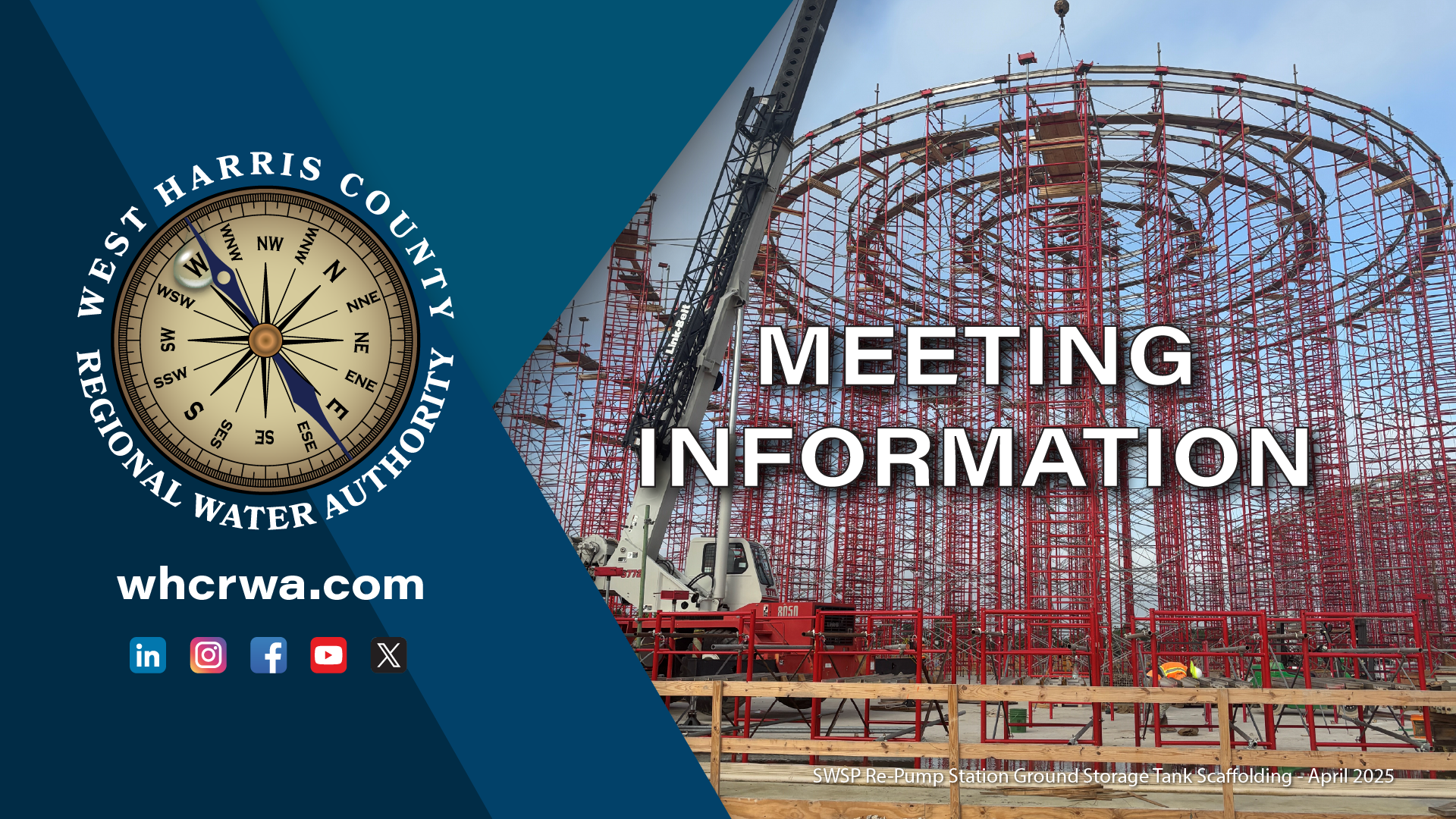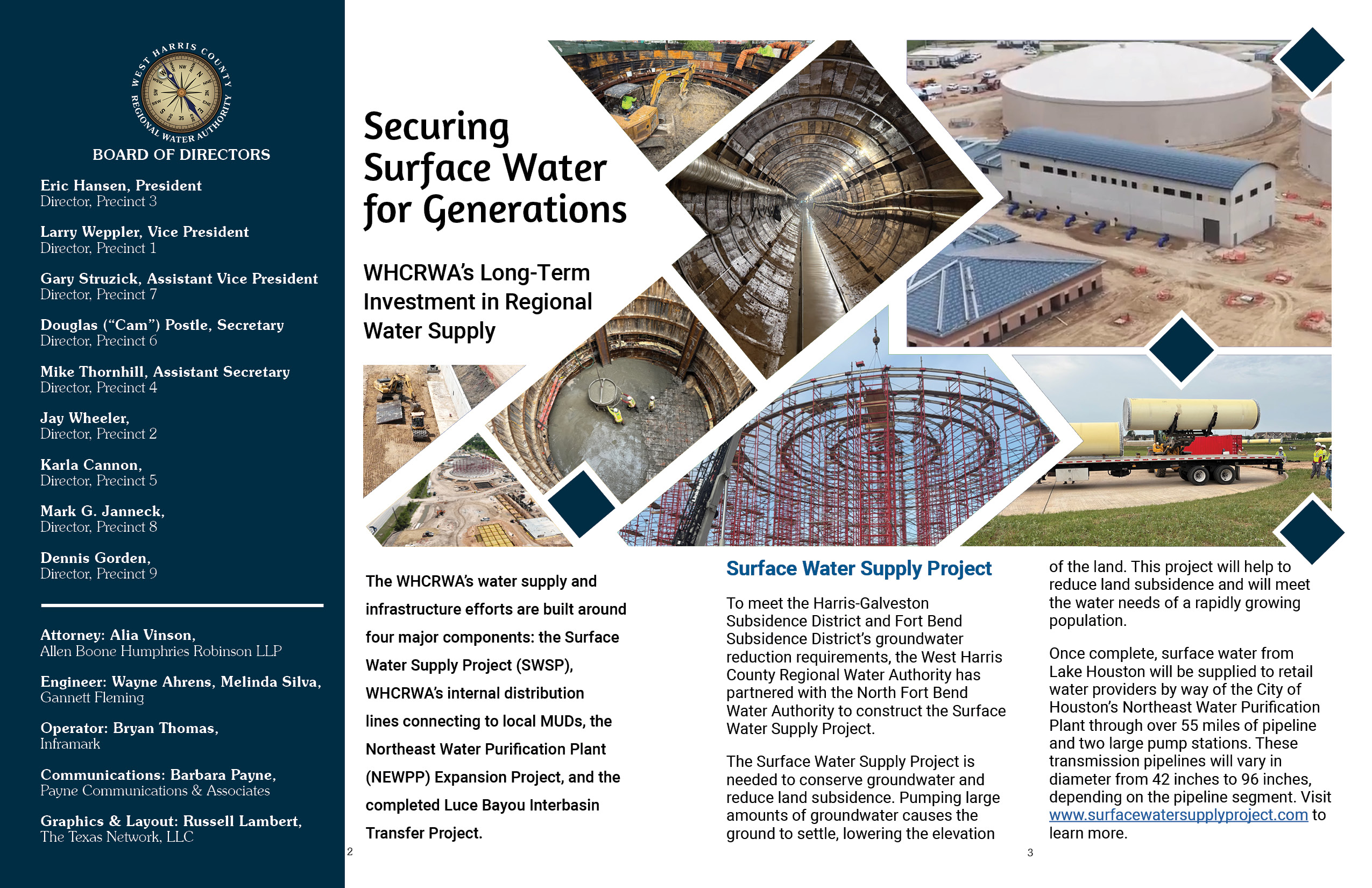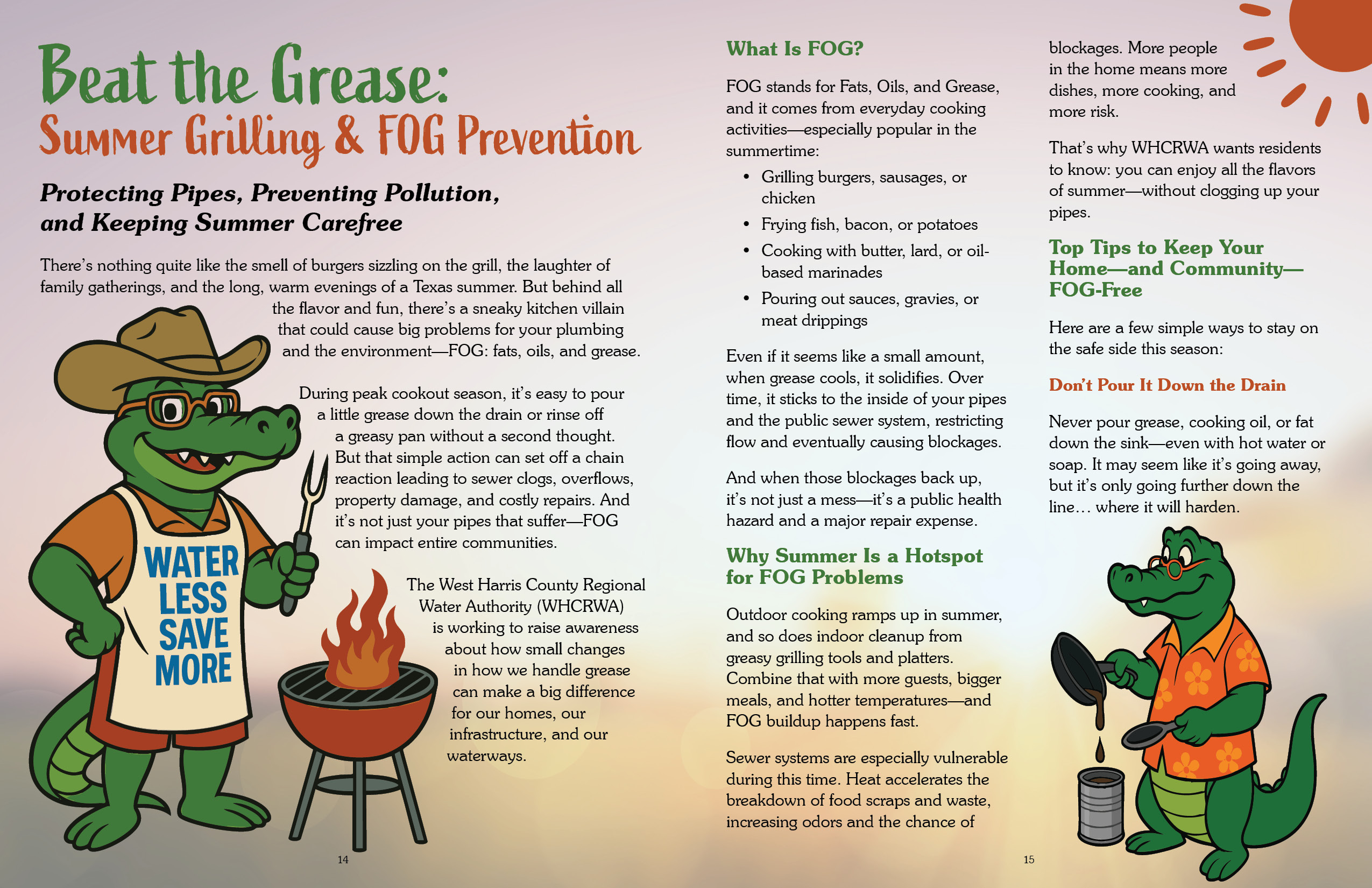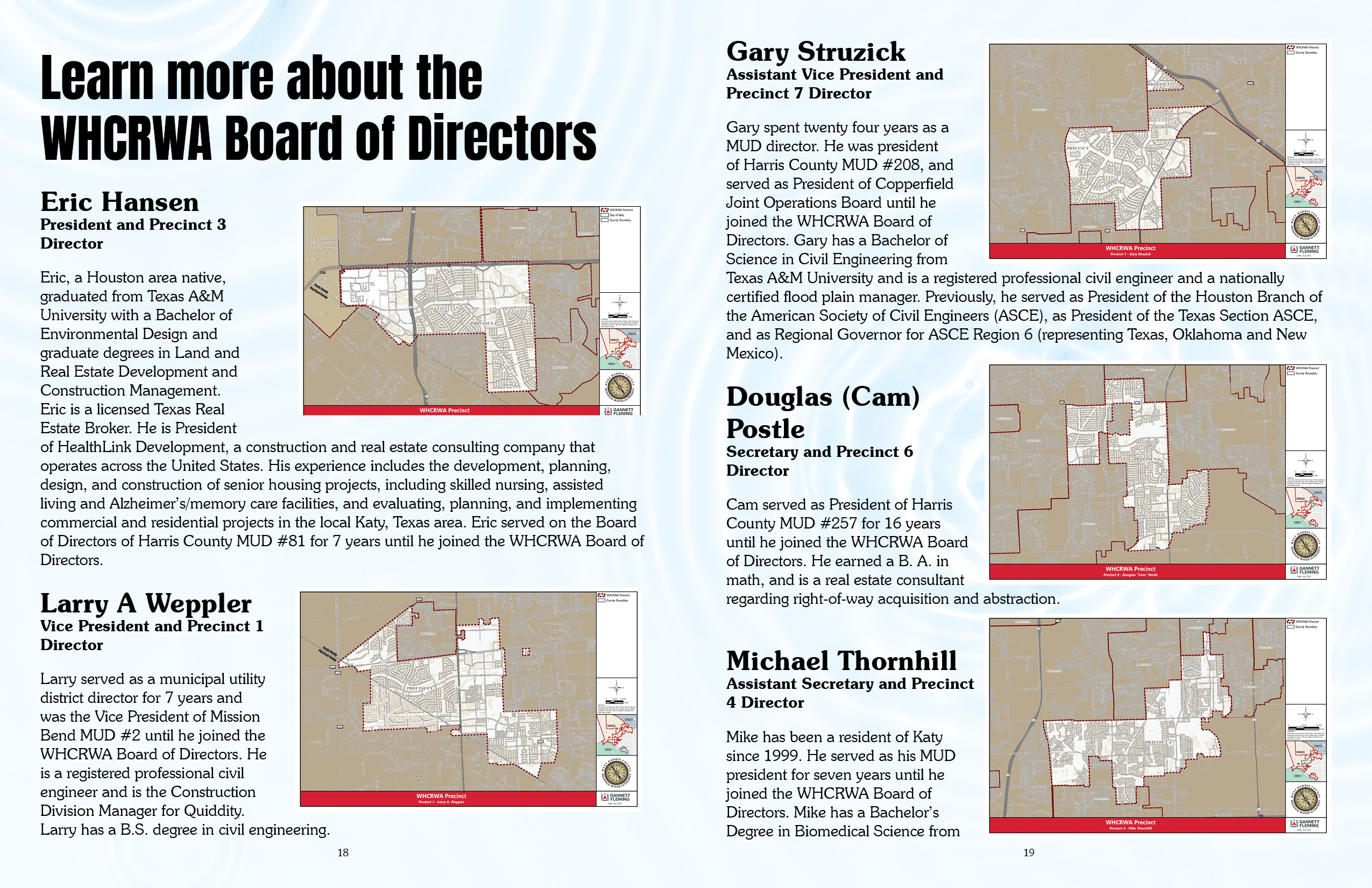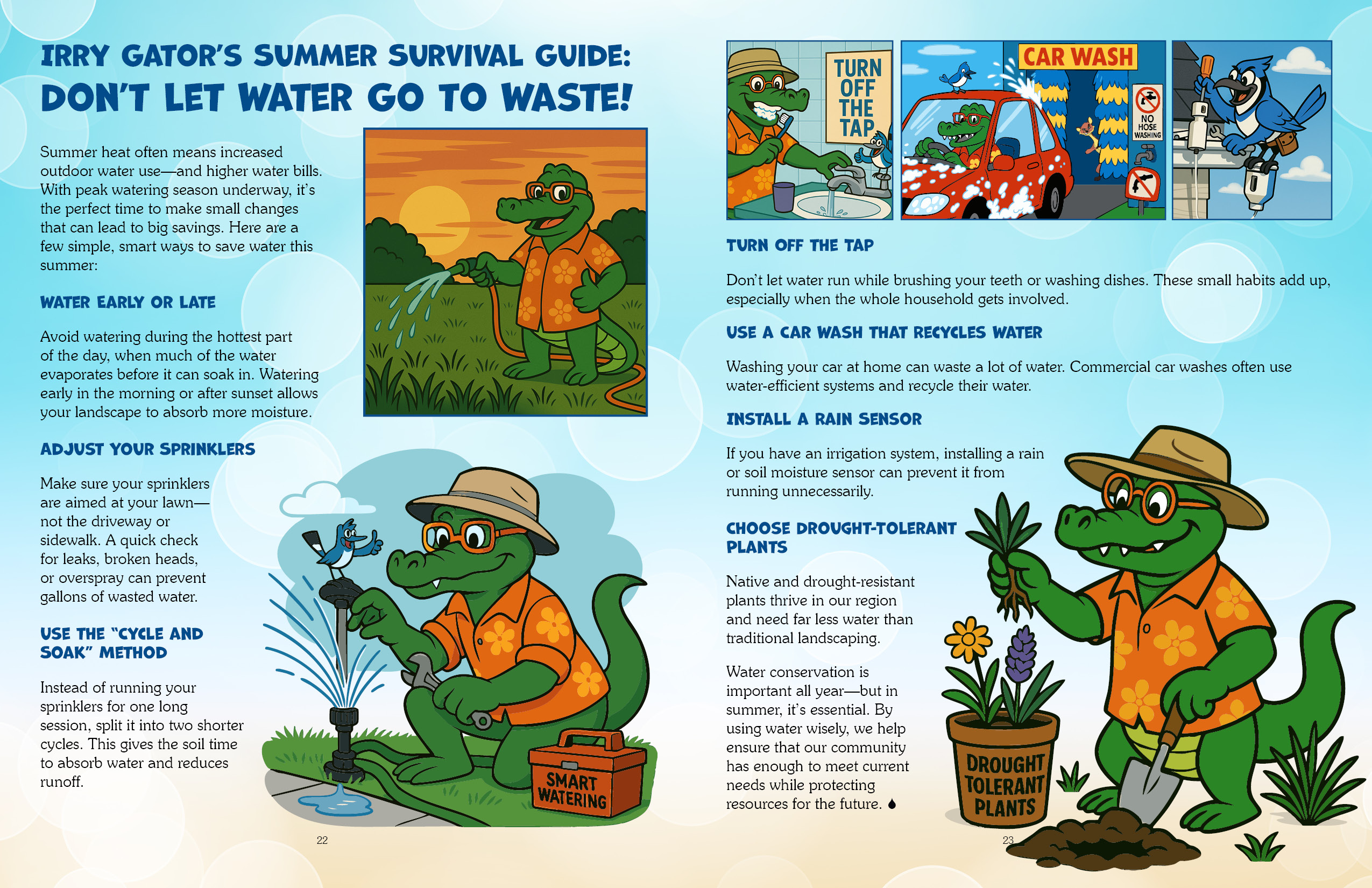Understanding the Rising Cost of Water
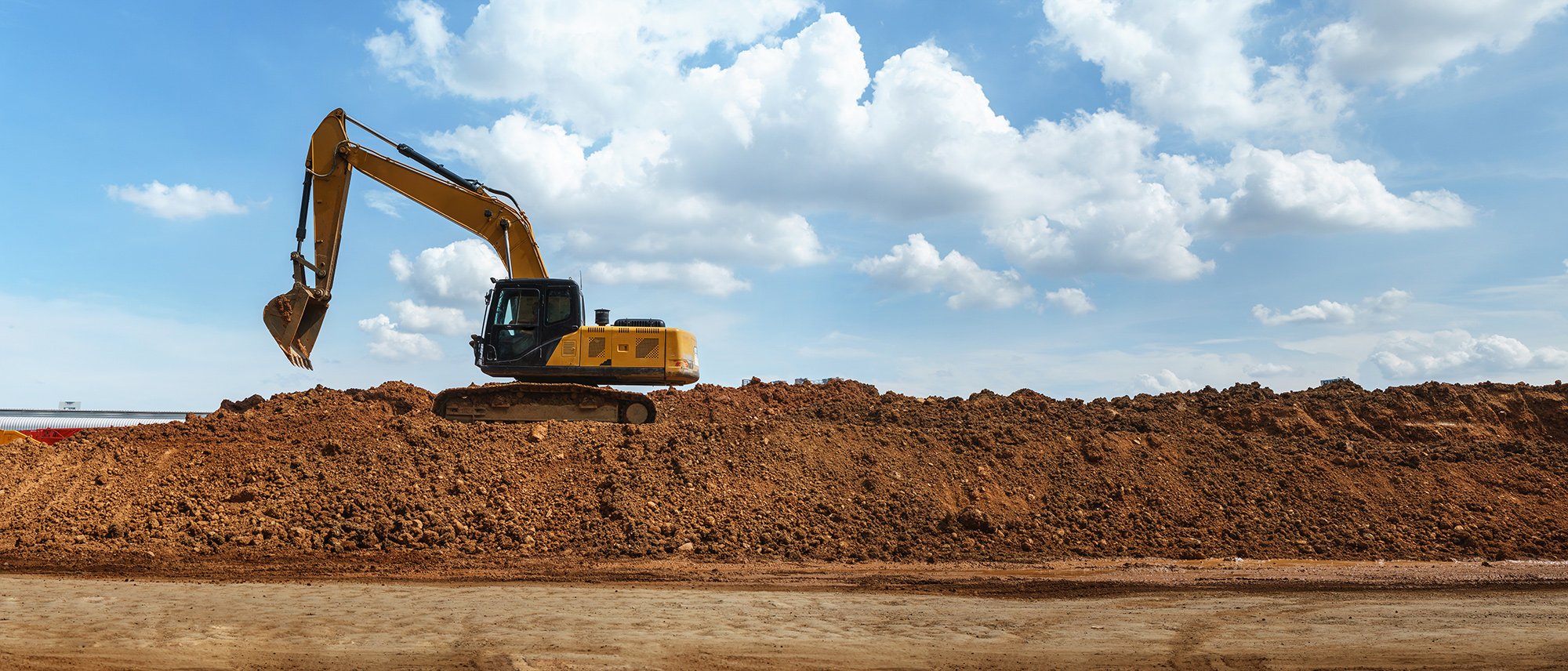
What is the WHCRWA?
The West Harris County Regional Water Authority (WHCRWA) was created by the Texas Legislature in 2001 to manage compliance with the Harris-Galveston Subsidence District’s (HGSD) groundwater reduction mandates. The WHCRWA is not a Municipal Utility District (MUD) and does not control any MUD operations (delivering water to homes and businesses, sewer services, retail billing, etc.). The West Authority is a wholesale water provider and does not provide retail customer services.
The MUDs that supply our neighborhoods with drinking water have traditionally relied on groundwater pumped by individual wells, some of which are now 50 to 60 years old. Our area’s steadily increasing population and decades of aggressive water usage have not only caused the aquifers to decline, but resulted in land subsidence and increased flooding, as well.
The Impact of Subsidence
In 1975, the Texas Legislature created HGSD— a special purpose district; the first of its kind in Texas – armed with the power to restrict groundwater withdrawals as a method to minimize subsidence and to help give aquifers an opportunity to recharge. The combination of subsidence in northwest Harris County and evidence that aquifers were declining confirmed the need to convert to surface water for this area. The Subsidence District extended its groundwater regulation to include north and west Harris County in 2000.
The WHCRWA has to construct an entirely new infrastructure to deliver surface water to the MUDs to supply their commercial and residential customers within their boundaries. The MUDs continue to use their groundwater wells to supplement the new surface water supply.
The Texas Legislature did not give WHCRWA taxing authority. In order to generate the necessary revenue to pay Authority operating and construction costs, the Board adopted a rate order to charge fees for water pumped by the well owners within their boundaries and for surface water delivered.
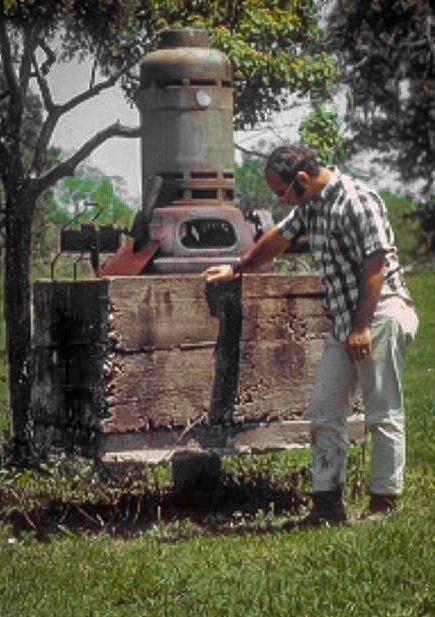
What are the WHCRWA fees that appear on water bills and what are they used for?
The WHCRWA fee that appears on residents’ water bills is charged for water pumped by the utility districts (well pumpage fee) and for surface water (surface water fee) provided to them by the WHCRWA. The utility districts in turn charge their individual customers for the water they use, and sometimes modify the fee charged them by the WHCRWA as pass through cost on the retail water bill to cover such things as leaks in their system, and fire hydrant use.
The WHCRWA uses the fees collected to fund its capital, operations/maintenance and debt service budgets. The vast majority of budgetary allocations go toward debt service, buying surface water, and paying for the system needed to deliver surface water from City of Houston-owned drinking water sources to the MUDs within WHCRWA’s boundaries.
The first phase of the HGSD’s groundwater reduction mandate was met in 2010, which reduced reliance on groundwater in the area by 30 percent. The next deadline is 2025 and requires 60 percent conversion to alternate (or surface) water.
Will we have enough water for the future?
Fortunately, the Houston region can rely on the surface water resources secured more than 50 years ago with the construction of the water storage reservoirs fed by the San Jacinto and Trinity Rivers. The City of Houston has over 1.2 billion gallons per day of reliable surface water rights. Combined with its groundwater supply, this is enough to meet the needs of the region through approximately 2050 and beyond.
To meet future demand, the WHCRWA is partnering with the City of Houston and other area water Authorities to utilize the available water supply on the Trinity River and get it to where it is needed most – in west, central and north Harris County and north Fort Bend County. That involves constructing new pipelines, pump stations and expanding the water treatment plant’s capacity.
The Luce Bayou Interbasin Transfer Project will bring raw water from the Trinity River in a system of canals and pipelines. Construction is underway on the Capers Ridge Pump Station on the river’s west bank that, when fully functional, will be able to divert up to 500 million gallons of water a day from the river, pump it into side-by-side pipelines to flow underground to a storage and sedimentation basin. Then it will flow into a canal that runs to the northeastern tip of Lake Houston.
With the availability of more raw water coming into the Lake Houston reservoir, there was an urgent need for additional treatment capacity. The City’s Northeast Water Purification Plant (NEWPP) is being expanded by the City of Houston, the WHCRWA, and its partners. This multi-billion dollar project — to be accomplished in phases over the next 4 to 6 years —will add 320 million gallons a day of treatment capacity.
The Surface Water Supply Project is a huge, landmark project that will deliver water treated at the Northeast Water Purification Plant through large diameter transmission lines (as large as 8 ft.) across almost 54 miles to west Harris and Fort Bend counties. The pipeline is a joint project between WHCRWA and the North Fort Bend Water Authority.
The WHCRWA will also fund its Capital Improvement Plan that includes constructing new water distribution lines within their boundaries to convert an additional 43 MUD water plants to surface water.
So where are we now?
These massive construction projects take years to plan, design, and construct, and the bonds must be sold before we can start these projects. WHCRWA sold $265MM in bonds in 2019, with another ~$412MM scheduled for 2020. As we sell more bonds to fund the 2025 conversion projects, the debt service will continue to rise. Without a rate increase, these costs cannot be met.
Fortunately, we also have access to the State’s SWIRFT program or the State Water Implementation Revenue Funding Program. The TWDB approved WHCRWA loan requests in 2015, 2017 and 2018. This multi-year, low interest loan commitment is for a total of $999,105,000.
We know that the cost of water will continue to rise. The Board of Directors is committed to keeping the cost of water as low as possible for as long as possible and will keep the periodic rate increases reasonable and consistent with this commitment.
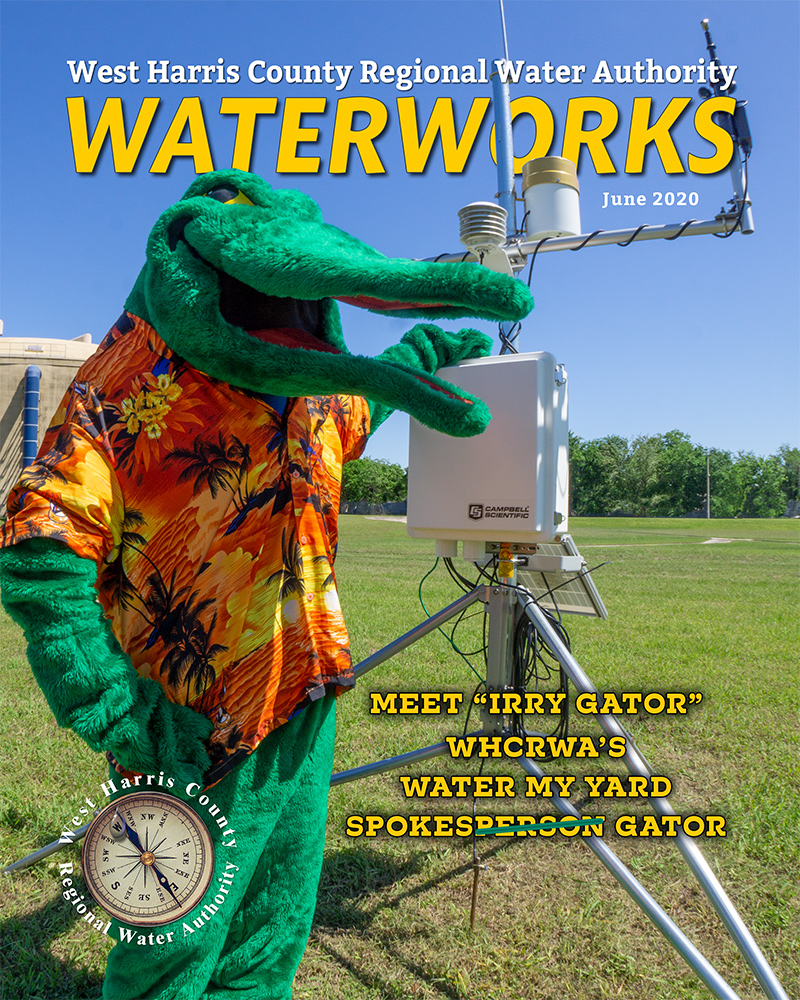
The article above was originally published in the June 2020 Edition of the WHCRWA WATERWORKS Newsletter.
